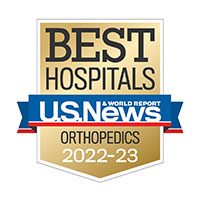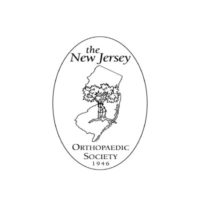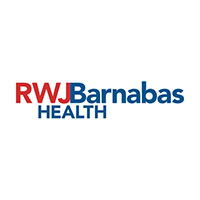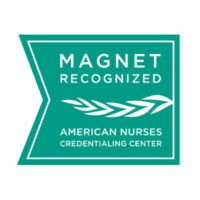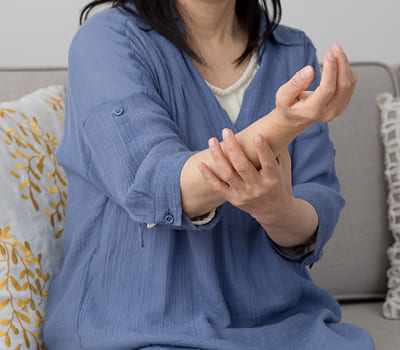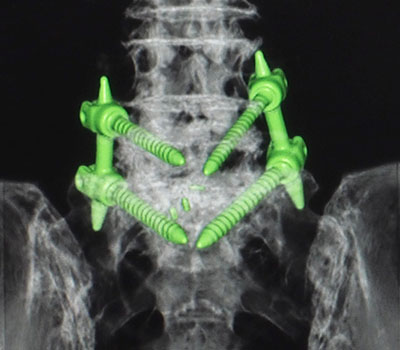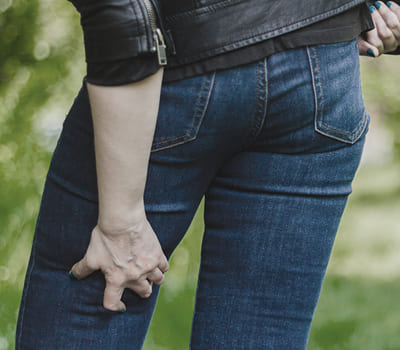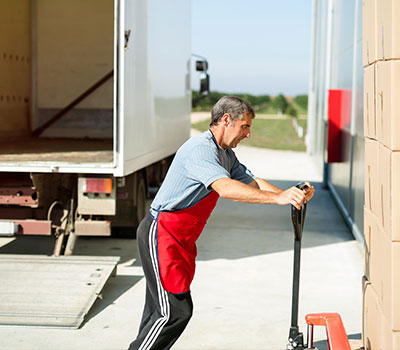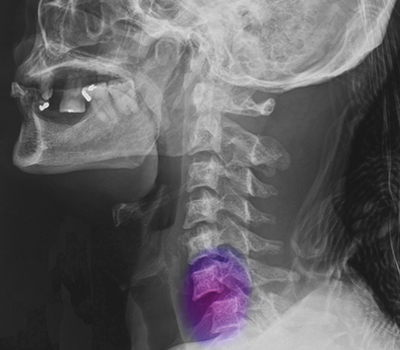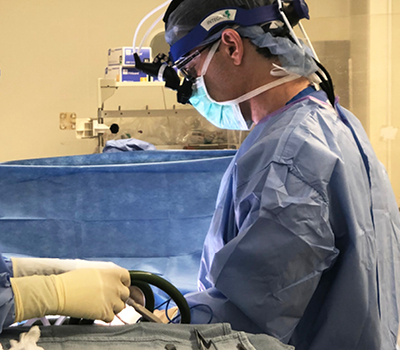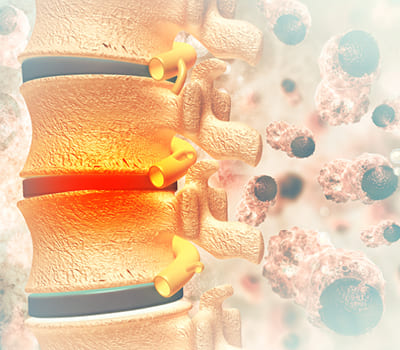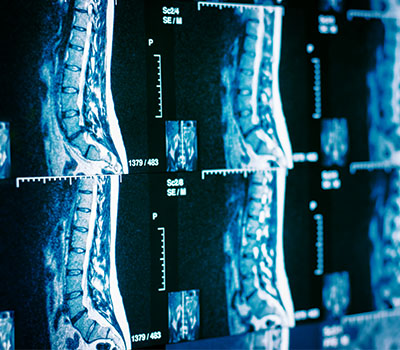Lumbar Stenosis
SPINAL STENOSIS
Lumbar Stenosis
Q & A
What should I know about Lumbar Stenosis?
To understand lumbar spinal stenosis, it’s helpful to have a basic understanding of the lumbar spine anatomy. The five vertebrae in the lumbar spine are numbered from L1 at the top to L5 at the bottom. Between each pair of vertebrae is an intervertebral disc that acts as a cushion. The spinal canal is formed by an arch-shaped bone, called the vertebral arch, which projects from the back of each vertebra. The spinal cord runs through the space made between the vertebral arch and vertebral body.
What are the symptoms of Lumbar Stenosis?
Symptoms of lumbar spinal stenosis can occur in the lower back, hips, buttocks and legs. Patients typically experience one or a combination of the following:
- Dull ache or sharp pain that radiates from the lower back, down one or both buttocks and legs, and possibly to the feet
- Constant shooting pain that may increase when moving or sitting
- Leg weakness
- Numbness and tingling in the leg or foot
- Limited range of motion
- Difficulty walking
- Problems with bladder or bowel control, in severe cases
For a visual reference you can watch an animation of lumbar spinal stenosis.
What are the causes of Lumbar Stenosis?
Spinal stenosis is a degenerative condition that develops gradually as part of the natural aging process and in response to repeated strain and stress. The spinal cord and nerves can become constricted because:
- Bone spurs and excess bony material form around the spinal canal, nerve root canals and facet joints
- Discs shrink and lose their elasticity
- Ligaments around the spinal cord become enlarged
- Bone mass in the vertebral bodies deteriorates
Sometimes a disc herniation or a spinal tumor can take up space in the spinal canal and cause pain instead of, or in addition to, spinal stenosis.
How is Lumbar Stenosis diagnosed?
Accurate diagnosis is the key to appropriate and effective treatment for your pain. Dr. Giordano and Dr. Nachwalter are highly experienced in diagnosing spinal disorders as well as providing both surgical and non-surgical care. During your consultation, your doctor will:
- Review your symptoms (such as where you have pain, weakness, and numbness) and what limitations these symptoms place on your everyday activities
- Perform a physical exam including an assessment of nerve function, muscle strength, response to sensory input (such as pressure and touch) and check reflexes
- Evaluate your medical history
- Order diagnostic tests such as x-rays, CT and MRI scans or review the results of scans you have already had
Your doctor will review treatment options once he has diagnosed your condition and determined the cause of your symptoms. He will review the risks and benefits of each option and assist you in deciding which one is best for you.
How is Lumbar Stenosis treated?
Dr. Giordano and Dr. Nachwalter both take a conservative approach to treatment of spinal conditions. They recommend surgery as a last resort when symptoms do not improve with non-surgical treatment. Treatment for a lumbar spinal stenosis may include one or a combination of the following:
- Modified activity
- Medication
- Steroid injections
- Physical therapy
- Spinal surgery such as Lumbar Laminectomy
Atlantic Spine Specialists
SPECIALTIES & CONDITIONS
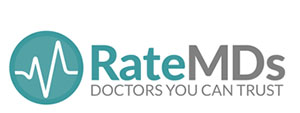 88 Reviews
88 Reviews
 120 Reviews
120 Reviews
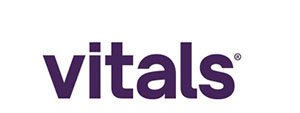 149 Reviews
149 Reviews
 4 Reviews
4 Reviews
